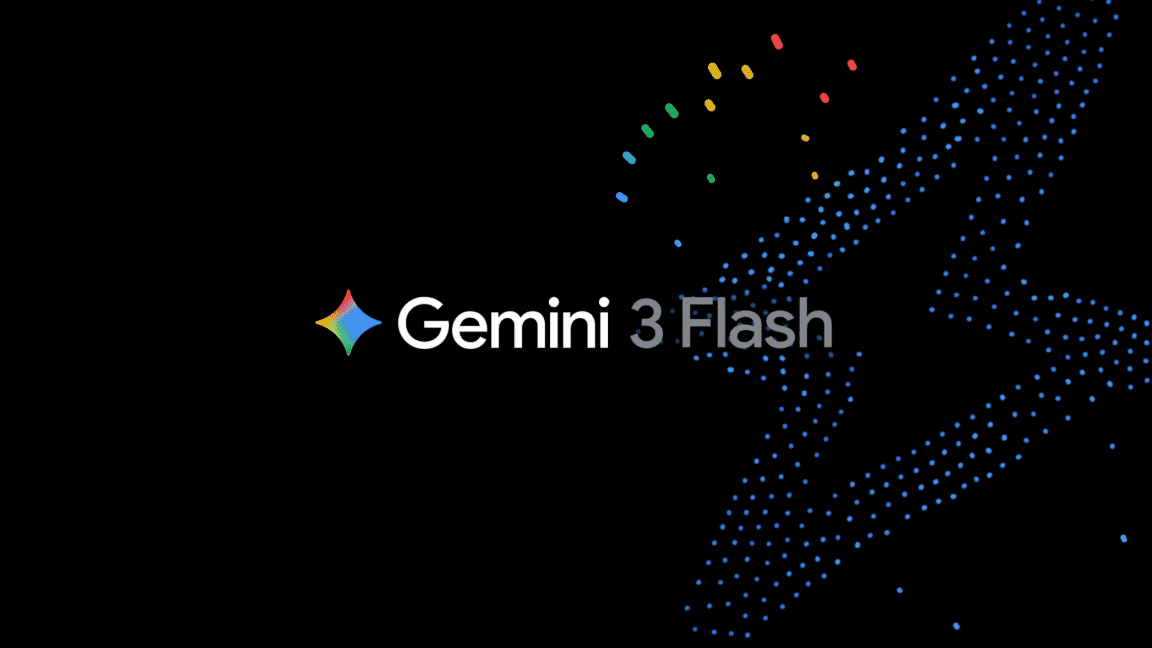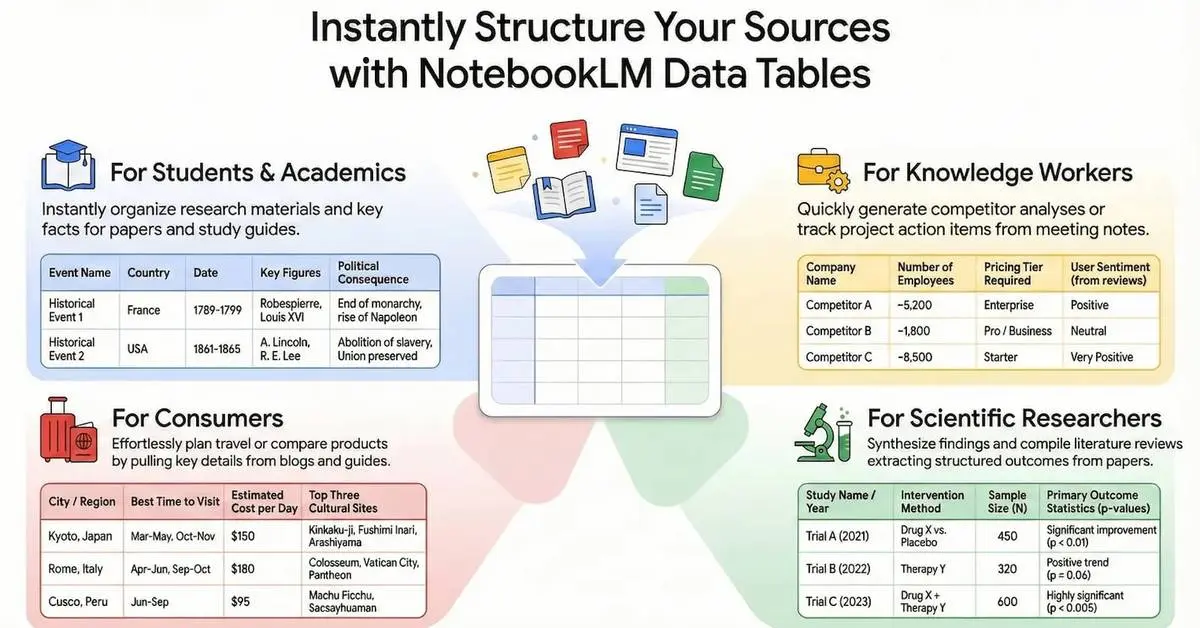Generative AI Revolutionizes Data Visualization and Business Practices
2 Sources
2 Sources
[1]
Salesforce com : How is Gen AI Changing the World of Data Visualization
Generative AI is poised to completely reshape how organizations think about data analysis. However, facilitating widespread change requires that anyone can easily visualize and understand the data. We sat down with Christian Hagel-Sorensen, who oversees user-experience design for Tableau Pulse, to learn how generative AI is impacting data design and the way people see, understand, and act upon data across organizations. Here's what he had to say: Q. What makes a good data visualization? The mark of a good visualization is the ability to understand it in a split second. Will someone get the right impression from the data visualization before their brain is able to process it? Time is money. And it costs you if your audience isn't able to immediately and accurately comprehend what the data is saying. Time is money. And it costs you if your audience isn't able to immediately and accurately comprehend what the data is saying. Christian Hagel-Sorensen, Director User Experience Design, Tableau You also need simplicity. I believe that having two, three, or four visualizations is often better than one because smaller bits of information are usually easier to understand. Think about a run-on sentence - they usually take more time for our brains to comprehend than if they were broken into smaller, more digestible nuggets. Tableau Pulse is designed with this in mind. We've stripped out information and all the visual clutter, but not the data, so the data can be grasped more quickly and accurately than if it were presented in a singular, more complex visualization. Q. How does generative AI impact the way people relate to data? Generative AI seems like magic. You can upload a CSV file and instantly be able to analyze it. Then you can ask the LLM to make a bar chart of two columns in the data - and it does. And that feels pretty magical. Still, it doesn't solve a core problem for most people, which is knowing what questions to ask to get an even deeper understanding of the data they're looking at. In fact, roughly 70% of people aren't well served by their data. They use it in their jobs, but it isn't foundational to their role, and it's not one of their core skills. Most people who fall into this bucket are responsible for some KPIs but aren't able to accurately share how they are doing because, while they can easily ask the first one to three questions about their data, it takes a data expert to ask questions that will uncover meatier insights. You can tell a sales manager that they've sold $1,000 worth of product - and even call out that it's 15% more than last quarter - and that's great base-level data. But what's really helpful is being able to pinpoint why they sold more. Being able to visualize, analyze, and understand where they can double down to get a more thorough story - like if there's something that isn't going well, whether the 15% increase came alongside a drop somewhere else, etc. - will help them make more informed decisions that will lead to a more positive impact over time. With Tableau Pulse, generative AI is bringing these deeper questions forward for people who are less familiar with data - ultimately surfacing key metrics and bringing new insights forward to drive better decision-making and efficiency. We're working to give customers the power of analytics in a way that both doesn't feel intrusive and isn't completely random. Q. You have said that chatbots are not a good UI for people when it comes to data. Explain what you mean by that. When using something like Chat GPT and opening a chatbot, there might be a couple of prompt questions that you can choose from to help get started. When you click one of those, the AI bot will answer that question ... but you're then left on your own. What questions should you ask after that? Chatbots fail us when their guidance stops - especially when we're mapping something that might feel like uncharted territory. We don't want to leave our customers hanging. So we take what we've learned during the last two decades in analytics and apply trusted generative AI to lead you to the next best question so you're able to squeeze as much information as possible from your data and make more informed decisions. So we take what we've learned during the last two decades in analytics and apply trusted generative AI to lead you to the next best question so you're able to squeeze as much information as possible from your data and make more informed decisions. Christian Hagel-Sorensen, Director User Experience Design, Tableau Q. When you have generative AI working and presenting information, what is the role of the human in the actual design piece? Will AI ever replace your job as a designer? Steve Jobs had this amazing quote about the computer becoming a bicycle for the mind, in that they're both innovations that can take us beyond our inherent abilities. AI is not being created to replace people. It's being created to assist and augment - and effectively help people operate at a level they might not have known was possible. It's about giving people superpowers in terms of being able to understand or run their businesses at a deeper level. As a designer, I want to be accelerated. I want to be augmented. One of the things we focus so much on in design is exploring multiple paths - that's a place where I really believe AI will help - being able to look at all of my options forward and say, 'Okay, which of these things should I put together to create something greater than I had originally imagined.' Q. A lot of AI companies have been under fire for AI hallucinations. Is this something that keeps you up at night? Trust is our number one value at Salesforce and we're diligent in making sure that we live up to that value in everything we do. This helps me sleep well at night. However, there are a couple of things that I do think about. To start, Tableau Pulse provides an explanation along with every visualization. So when we add a textual explanation, I need to make sure that it's in sync with what the visualization is saying and that the explanation isn't hallucinating or delivering made-up results. These are things I'm always thinking about because we've spent considerable time and energy honing that. We have to make sure that the understanding is correct and that we don't lead people astray. And that is a constant thing to be vigilant about at all times, all the time, every day in every discipline and in everything we do.
[2]
How Microsoft is turning AI skeptics into AI power users
Join our daily and weekly newsletters for the latest updates and exclusive content on industry-leading AI coverage. Learn More Since generative AI burst onto the scene in 2023, it quickly swept from personal to workplace use. Microsoft's global, industry-spanning survey, the 2024 Work Trend Index Annual Report, found that 75% of knowledge workers are already using AI at work, and that usage has doubled in the past six months. But 78% of that is BYOAI, or workers bringing their own AI tools. "The challenge for every organization and leader right now -- or opportunity -- is how to channel that individual enthusiasm and experimentation into business value," said Colette Stallbaumer, WorkLab Cofounder and Copilot GM at Microsoft, joining VB CEO Matt Marshall onstage at VB Transform. They spoke about how AI can be effectively integrated at work in a way that drives value for the business and for the employees who use it. It's all about activating at every level of the organization, from the CEO to all line of business leaders across every function, Stallbaumer explained. As you hunt down the business problems that can most effectively be tackled with AI, it's about embracing experimentation, identifying AI champions and channeling enthusiasm. Since the launch of Microsoft Copilot, they've chased that enthusiasm by continually working to keep customers engaged in an active feedback loop, learning what's working and how to make the product better. Adding critical new capabilities to Copilot Customer feedback has prompted the company to add a number of new capabilities to Copilot and Copilot Lab, including prompts specific to a workplace, function-specific prompts and the ability to share them and reuse prompts. They've also stepped up aid in the prompt-writing process, adding both an auto-complete feature and a rewrite feature to get the best possible response. Customers are also now able to schedule prompts to run at certain times of the day, every day. "When we introduced Copilot, we said, this is the most powerful productivity tool on the planet, and all you need are your own words," says Stallbaumer. "It turns out that was not entirely true. We've learned along the way that one of the hardest things for people to do is change behavior. And in the case of Copilot and these generative AI tools, we are asking people to both create new habits, and break old ones." Measuring the impact of gen AI How do you quantify enthusiasm, or employee productivity and satisfaction? Nailing down metrics, KPIs and benchmarks has generally proven to be a tricky undertaking, across industries. Microsoft has shifted its own approach over the last year, and since the introduction of Copilot. The original focus was on time savings and productivity across all the universal tasks that happen in knowledge work, such as email, writing, meetings and searching for information. What they found is that there was a growing body of evidence, both Microsoft-sourced as well as customer and third-party academic research, all saying a very similar thing: These tools do save knowledge workers anywhere from 20 to 40%. But at the same time, customers were saying they wanted more -- they wanted to use these tools to fundamentally change the shape of the business, with metrics centered on real business value. "In 2024, we've pivoted to that goal, which starts with understanding the business problems that AI is best positioned to solve," Stallbaumer says. "We are working on it now, across every function -- like sales, finance, HR, marketing -- looking at all of the processes, hundreds of processes, and then [determining] the KPIs within those processes where AI can actually make a difference. That's how we're thinking about measurement now." For example, Microsoft has one of the largest customer service organizations in the world. They found that when applying Copilot to specific areas of an agent's workflow, they can resolve cases 12% faster, resulting in happier customers, and requiring about 13% less intervention or peer support to resolve cases. For the finance team, dealing with accounting and treasury means reconciling many hundreds of accounts a week, consuming a huge number of hours. With Copilot they found that tasks that used to take hours of work can be cut down to about 10 minutes. "It's about breaking down knowledge work," she says. "Every job is a series of tasks, and when you can help people start to think about it that way, you start to think, 'is this a human-powered task or an AI powered-one, and can I delegate this to AI and then build on that work?'" The future of work, AI and AI-powered work "We see knowledge work fundamentally changing, and how people spend their time changing," Stallbaumer says. "We're going to see it evolve from where people are rarely doers [and instead are] supervisors of both their own work and also AI-generated output. Things that they can set and forget, if you will, but also where AI will come back to the human and ask for further instructions when needed." For a salesperson that could mean that backend data entry is taken entirely off their plate in the future, so they can instead focus on the customer relationship. For a finance person, it would enable them to focus on strategically growing the business rather than spending so much of their time on accounts reconciliation. To get to that future, it's important to prioritize training, in order to change long-ingrained, pre-AI habits. But Microsoft research shows that even for those using AI, only 39% have received AI training, and only 25% of organizations plan to offer training in the year ahead. "So that's our message to customers, that training is important if you want to create that flywheel of usage," she adds. Turning skeptics into power users As their own best customer, they're currently doing an internal experiment to understand the most effective training interventions, whether its nudges from a manager, or peer-to-peer. The Work Trend Index Annual Report found that organizations across the world have a spectrum of users from the skeptics to the power users, and that matches what they see internally. The report's research found that the power users who embrace experimentation are also the type of people who will try again if they don't get the response they expected, as they do not give up easily. And 90% of those users say AI helps them feel more productive, enjoy their work more and manage their workload so they can focus more easily. They're also 39% more likely to have heard from their line leader about the importance of using AI to transform their function. "There's a great quote from William Gibson: 'The future's already here, it's just not evenly distributed,'" Stallbaumer said. "We see that inside Microsoft: functions that are already applying AI to transform in significant ways. It's going to be a journey."
Share
Share
Copy Link
Salesforce and Microsoft are leading the charge in integrating generative AI into data visualization and business operations, transforming how companies interact with data and make decisions.

Salesforce Pioneers AI-Driven Data Visualization
Salesforce, a leader in customer relationship management (CRM) software, is revolutionizing data visualization through generative AI. The company's Einstein GPT for Tableau feature is transforming how businesses interact with their data, making it more accessible and actionable
1
. This AI-powered tool allows users to generate visualizations and gain insights from complex datasets using natural language queries, significantly reducing the time and expertise required for data analysis.Democratizing Data Analysis
The integration of generative AI in data visualization tools is democratizing data analysis across organizations. Employees without extensive technical backgrounds can now easily interpret complex data, ask questions, and receive insights in plain language. This shift is empowering decision-makers at all levels to leverage data more effectively in their daily operations
1
.Microsoft's AI Integration Strategy
Meanwhile, Microsoft is taking a different approach to AI integration, focusing on embedding AI capabilities across its suite of productivity tools. The tech giant is working to turn AI skeptics into power users by seamlessly incorporating AI features into familiar applications like Word, Excel, and PowerPoint
2
.Copilot: Microsoft's AI Assistant
At the heart of Microsoft's AI strategy is Copilot, an AI assistant designed to enhance productivity across various tasks. Copilot can help users draft documents, create presentations, and analyze data, all within the Microsoft 365 ecosystem. This integration aims to make AI a natural extension of existing workflows rather than a separate tool
2
.Addressing AI Skepticism
Microsoft's approach also tackles the challenge of AI skepticism head-on. By integrating AI features into familiar tools, the company is helping users overcome initial reservations about AI technology. This strategy allows even skeptical users to experience the benefits of AI in their daily work, potentially converting them into enthusiastic adopters
2
.Related Stories
Impact on Business Practices
The integration of generative AI in data visualization and productivity tools is set to have a profound impact on business practices. Companies can expect:
- Faster decision-making processes
- More inclusive data-driven cultures
- Increased productivity across various roles
- Enhanced creativity in problem-solving and strategy development
Ethical Considerations and Challenges
As AI becomes more integrated into business tools, companies must navigate ethical considerations and challenges. These include ensuring data privacy, maintaining transparency in AI-driven insights, and addressing potential biases in AI algorithms. Both Salesforce and Microsoft emphasize the importance of responsible AI development and usage
1
2
.Future Outlook
The trend of integrating generative AI into business tools is likely to accelerate. As these technologies become more sophisticated and user-friendly, they have the potential to reshape how organizations operate, make decisions, and innovate. The key to success will be balancing the power of AI with human expertise and judgment.
References
Summarized by
Navi
[1]
[2]
Related Stories
Generative AI: Transforming Business Landscapes and Overcoming Implementation Challenges
17 Jul 2024

Early Gains and Challenges in Enterprise AI Adoption: From ROI to Edge Computing
23 Oct 2024•Technology

Generative AI in 2025: Solution Providers Focus on ROI and Industry-Specific Applications
26 Feb 2025•Business and Economy

Recent Highlights
1
Google launches Gemini 3 Flash as default AI model, delivering speed with Pro-grade reasoning
Technology

2
OpenAI launches GPT Image 1.5 as AI image generator war with Google intensifies
Technology

3
OpenAI launches ChatGPT app store, opening doors for third-party developers to build AI-powered apps
Technology





